
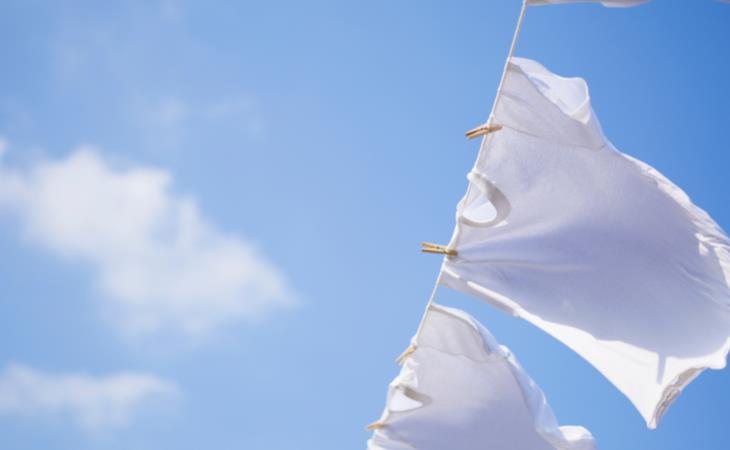
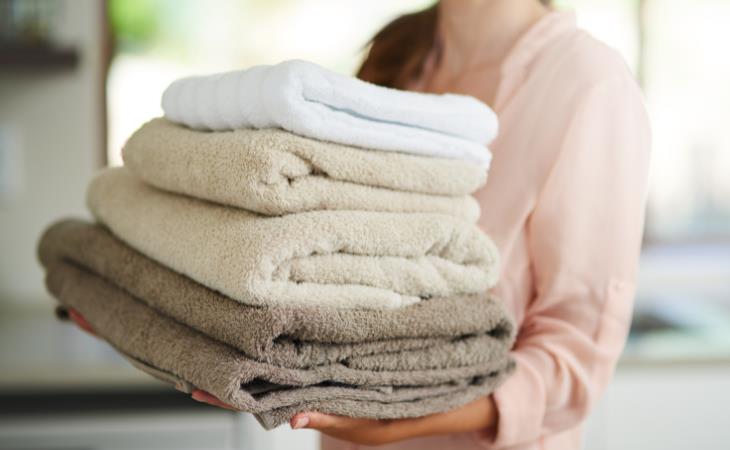
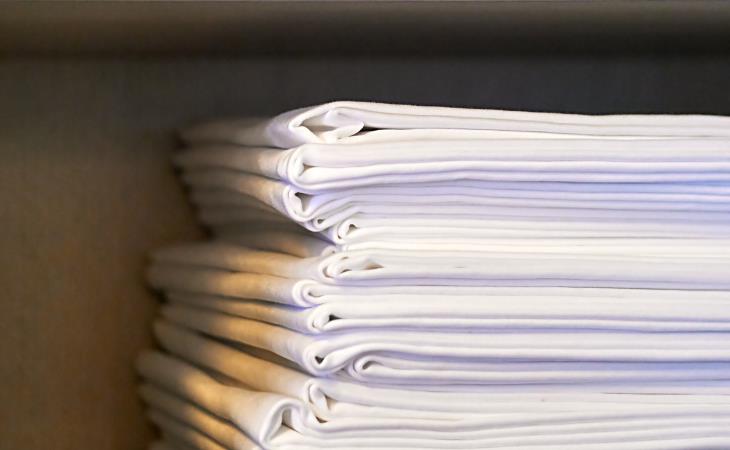
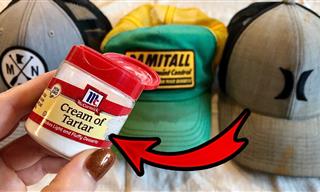 3:47
3:47
This Cleaning Tip For Your Hats is Something New
A quick tip on how to clean and deodorize any type of hat.

How You Could Be Bringing Bed Bugs Into Your Home
Even if you don’t have a bed bug problem right now, you should be aware of the ways bed bugs can get in your home.

10 Surprising Items You Can Clean in the Washing Machine
The washing machine can be useful for more than just clothes. 10 surprising items you can clean in the machine with no trouble.
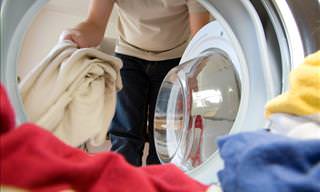 8:07
8:07
The 5 Best Ways to Do Your Laundry Quickly and Efficiently
What's the best way to clean a pair of shoes, or remove grease from fabric? Take a look:
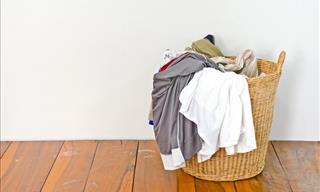
Laundry Do’s and Dont’s Under COVID-19
Health experts offer important insight to questions like what temperature should we safely wash and disinfect our clothing during the pandemic, and in general.

Don’t Toss Old Garments: Here Are 7 Better Ideas
Not all the cast offs from your closet are destined for the trash. In fact, there are plenty of better things you could do with your old clothes. Here are 7 examples.

Save Yourself Time and Money with These Cleaning Tips
These great cleaning tips have saved me so much time and money. They're so clever and simple you'll wonder why you haven't used them before.
 9:08
9:08
An Easy and Affordable Makeup Tutorial for Older Women
Kerry-Lou, a makeup artist, will explain how to do a natural-looking makeup look so that you look fresh-faced, but not overly made up.
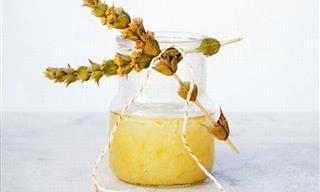
These Cosmetic Products are Chemical Free & Cheap to Make
Ready-made cosmetics may be convenient, but not only are they expensive, they tend to contain toxic products. Here are 8 products you can prepare yourself.

40 Wonderful and Beneficial Advantages of Having a Cat
Enjoy a visual representation of the 40 different benefits humans get from having a cat.

These 10 Phrases Will Make People Like You a Lot More!
Your choice of words can leave a long after the particulars have been forgotten. Here are 10 phrases you should add to your daily speech.
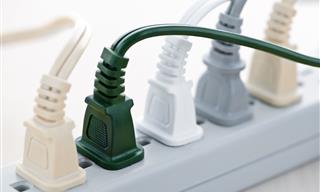
NEVER Do These 7 Things When Using a Power Strip
These are 7 safety tips you should always follow when using a power strip to avoid disaster

Suffering From Chronic Pain? These Tips Can Help Manage It
If you're suffering from pain, these mantras and mental tricks can help immensely in pain management and reducing the accompanying stress
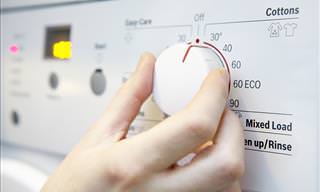
For the Good of Your Clothes, Stop These Laundry Mistakes!
Here are 9 common washing mistakes that reduce the quality and durability of your clothes.

This is All You Need to Know About Saving for Retirement!
Having yourself a defined target for your nest egg is an important aspect of a retirement plan. Here are 8 retirement facts that need to be taken seriously.
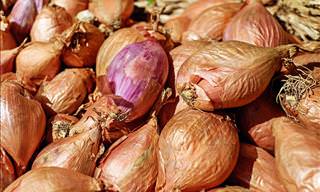
15 Unusual Uses For Onions That Won't Make You Cry
Onions are pretty amazing things. Not only do they make cooking taste much better, they also have 15 surprising household uses. You've never seen these before!

10 Signs That Someone Has Stolen Your Identity
Identity theft has affected more than 60 million Americans to date. Here are 10 tell-tale signs that someone has stolen your identity.
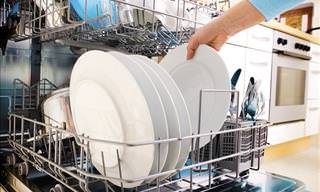
If You Pre-Rinse Your Dishes, You Need to Stop Right Now!
This is why you’re not supposed to pre-rinse your dishes before putting them in the dishwasher.

11 Common Phrases That Could Be Ruining Your Conversations
These common phrases are more passive-aggressive than you think.

19 Household Items You Need to Change Now
It's high time you change these household items.
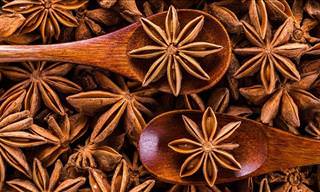
Do You Buy Low Quality Spices? This Guide Will Help
To help you identify the difference between real and fake spices, read through this guide and learn to identify the quality of spices you buy.

These 15 Charts Are Both Useful and Interesting!
The 15 charts cover topics like health, animals, and classical music, and they are full of useful information, perfect for a lifelong learner like you.
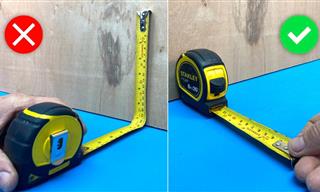 3:12
3:12
I Had No Idea You Could Do This With a Tape Measure
Did you know that you can turn a tape measure into a compass? This is just one of the many hidden features of the tape measure shown here...

Americans Say These Are the Worst Companies to Work For
According to the Glassdoor website, these are the 10 worst companies to work for in America.

Some Tips You Might Not Know About Whisky
If you're a lover of whisky and would like to know how best to drink it, the guide will cover everything you need to know!
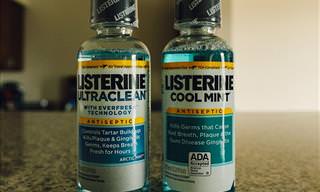
Mouthwash Can Do So Much More Than Freshen Your Breath
Did you know mouthwash is the number 1 household product you should keep at hand? Discover its fantastic multiple uses to see why.

6 Simple and Practical Tips To Organize Your Kitchen
A well organized kitchen is the first step to a gratifying cooking experience

6 Uses for Apple Cider Vinegar You're Probably Unaware Of
If you think that apple cider vinegar is only good for cooking, we advise you to think again! Here are 6 great additional uses.
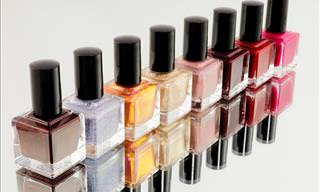
50 Ways to Keep Money In Your Pocket Using Household Items
Although we tend to think of household items as things that have just a single purpose, they can actually do a lot more than just their designated function.
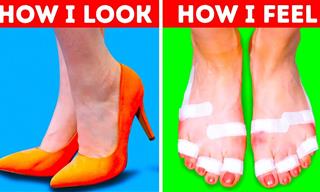 13:15
13:15
Give Your Shoes a New Life with These Clever Hacks
Everyone should know these life-changing shoe hacks.
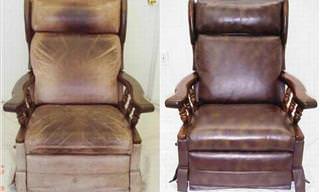
These Tricks Have Helped Me Become Smart About Cleaning
12 tips and tricks to clean your house and maintain your furniture and appliances with ease

Banish Your Wrinkles With These Natural Face Masks
Keep your wrinkles at bay with these natural, easy to make face mask recipes.

Get Rid of These Body Language Habits Today!
Body language is intuitive, so it can easily convey a wrong message or reveal insecurities. Here are 9 simple tweaks that help you avoid these misunderstandings.
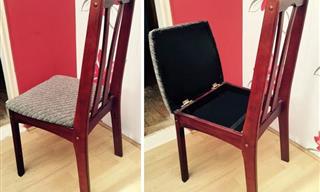
13 Great Secret Hiding Spots That Burglars Will Never Find
Here are a few practical places to properly hide your cash and valuables from professional criminals.

Not Only Light: 11 Great Uses for Wax Candles
With the following 11 useful tips, you can use candles in new and innovative ways to help you around the house!
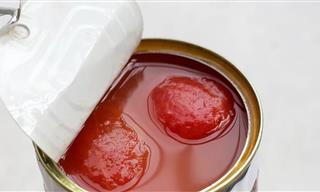 11:19
11:19
12 Canned Tomato Hacks You'll Wish You Had Tried Before
These canned tomato tips will revolutionize your meals.
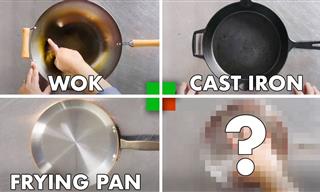 22:48
22:48
How to Pick the Right Frying Pan for Every Recipe
Upgrade your cooking skills instantly with this full guide to frying pans and saucepans, so that your cookware works with you, and not against you!
 7:59
7:59
These Are the 8 Healthiest Plants To Have In Your Home
Houseplants have health benefits, from cleaning the air around you to boosting your mood. Learn which ones are the healthiest to have around.

10 Tips for Seniors to Use Tech Like a Pro
Seniors, enhance your tech skills with these tips.

Want to Buy the Freshest Products? Here’s how!
There are basic food products that we consume regularly, so its super important to know how to check their quality. These next tips will help you do just that.
 2:54
2:54
7 Creative Things You Can Make Using Wooden Clothespins
If you think clothespins are only useful for hanging out wet washing, it's time to think again. Take a look!

10 Best Apps and Sites for Downloading Free Books in 2024
From well-known platforms like Amazon to gems like Project Gutenberg and Libby, this article explores the top websites where you can download or read eBooks at no cost, ensuring your reading list is always full.
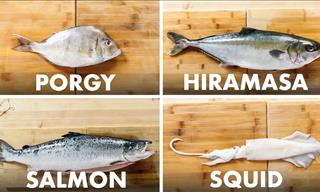 34:01
34:01
Cutting Fish: Pro Teaches the Best Filleting Techniques
This video may be long, but it teaches you how to fillet many common fish varieties, from salmon, to red snapper, to squid and even sardines!

Guide: How to Win Every Argument
An extensive guide on navigating any group conversation gracefully.

15 Awesome Tips Just For Women!
At home, at work or in the middle of the street, there are situations that only women can understand. The following 15 tips are for women only!

DIY RECIPES: Who Knew Fruit Leathers Were This Much Fun?!
Fruit leathers have to be the most fun way to eat dried fruit ever invented. Here's how to make your own delicious batch.
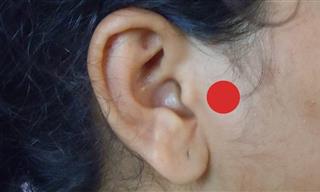
Use These 5 Pressure Points to Control Your Hunger
The following 5 pressure points that you will learn about will help you control your hunger effectively.
To enable your Ad-Free Subscription, please fill the fields below
Your subscription was successful, now you can enjoy an ad-free experience!!
Note: To make sure you get no ads, please make sure to log in to your account. If you are logged in already, then refresh the page. The subscription can be cancelled at any time.


